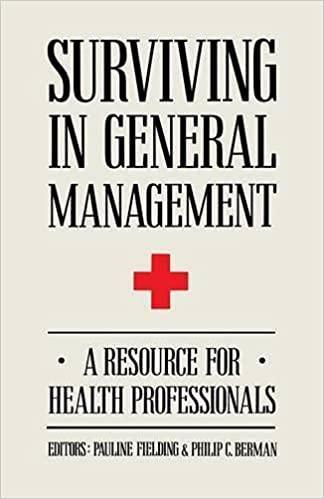Answered step by step
Verified Expert Solution
Question
1 Approved Answer
Consider the following time series data. Quarter Year 1 Year 2 Year 3 1 5 8 10 2 1 3 7 3 3 6 8
Consider the following time series data.
| Quarter | Year 1 | Year 2 | Year 3 |
| 1 | 5 | 8 | 10 |
| 2 | 1 | 3 | 7 |
| 3 | 3 | 6 | 8 |
| 4 | 7 | 10 | 12 |
| (a) | Choose the correct time series plot. | ||||||||||||||||||||
| |||||||||||||||||||||
| - Select your answer -Plot (i)Plot (ii)Plot (iii)Plot (iv)Item 1 | |||||||||||||||||||||
| What type of pattern exists in the data? | |||||||||||||||||||||
| - Select your answer -Positive trend pattern, no seasonalityHorizontal pattern, no seasonalityNegative trend pattern, no seasonalityPositive trend pattern, with seasonalityHorizontal pattern, with seasonalityItem 2 | |||||||||||||||||||||
| (b) | Use a multiple regression model with dummy variables as follows to develop an equation to account for seasonal effects in the data. Qtr1 = 1 if Quarter 1, 0 otherwise; Qtr2 = 1 if Quarter 2, 0 otherwise; Qtr3 = 1 if Quarter 3, 0 otherwise. | ||||||||||||||||||||
| If required, round your answers to three decimal places. For subtractive or negative numbers use a minus sign even if there is a + sign before the blank. (Example: -300) If the constant is "1" it must be entered in the box. Do not round intermediate calculation. | |||||||||||||||||||||
| = + Qtr1 + Qtr2 + Qtr3 | |||||||||||||||||||||
| (c) | Compute the quarterly forecasts for next year based on the model you developed in part (b). | ||||||||||||||||||||
| If required, round your answers to three decimal places. Do not round intermediate calculation. | |||||||||||||||||||||
| |||||||||||||||||||||
| (d) | Use a multiple regression model to develop an equation to account for trend and seasonal effects in the data. Use the dummy variables you developed in part (b) to capture seasonal effects and create a variable t such that t = 1 for Quarter 1 in Year 1, t = 2 for Quarter 2 in Year 1, t = 12 for Quarter 4 in Year 3. | ||||||||||||||||||||
| If required, round your answers to three decimal places. For subtractive or negative numbers use a minus sign even if there is a + sign before the blank. (Example: -300) | |||||||||||||||||||||
| = + Qtr1 + Qtr2 + Qtr3 + t | |||||||||||||||||||||
| (e) | Compute the quarterly forecasts for next year based on the model you developed in part (d). | ||||||||||||||||||||
| Do not round your interim computations and round your final answer to three decimal places. | |||||||||||||||||||||
| |||||||||||||||||||||
| (f) | Is the model you developed in part (b) or the model you developed in part (d) more effective? | ||||||||||||||||||||
| If required, round your intermediate calculations and final answer to three decimal places. | |||||||||||||||||||||
| |||||||||||||||||||||
| - Select your answer -Model developed in part (b)Model developed in part (d)Item 22 | |||||||||||||||||||||
| Justify your answer. | |||||||||||||||||||||
| The input in the box below will not be graded, but may be reviewed and considered by your instructor. | |||||||||||||||||||||
|
|
Step by Step Solution
There are 3 Steps involved in it
Step: 1

Get Instant Access to Expert-Tailored Solutions
See step-by-step solutions with expert insights and AI powered tools for academic success
Step: 2

Step: 3

Ace Your Homework with AI
Get the answers you need in no time with our AI-driven, step-by-step assistance
Get Started


